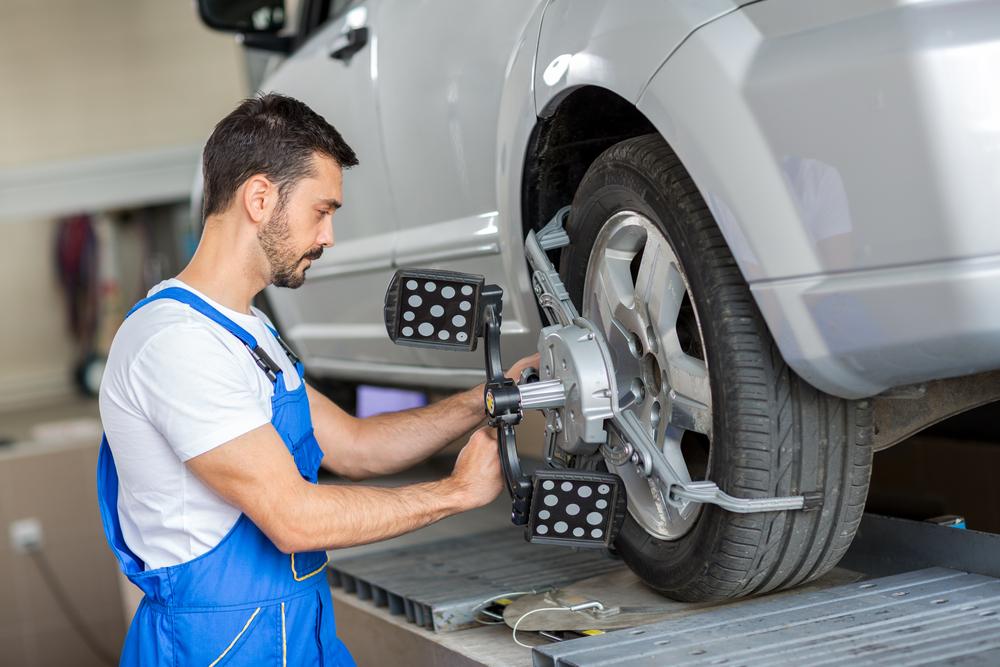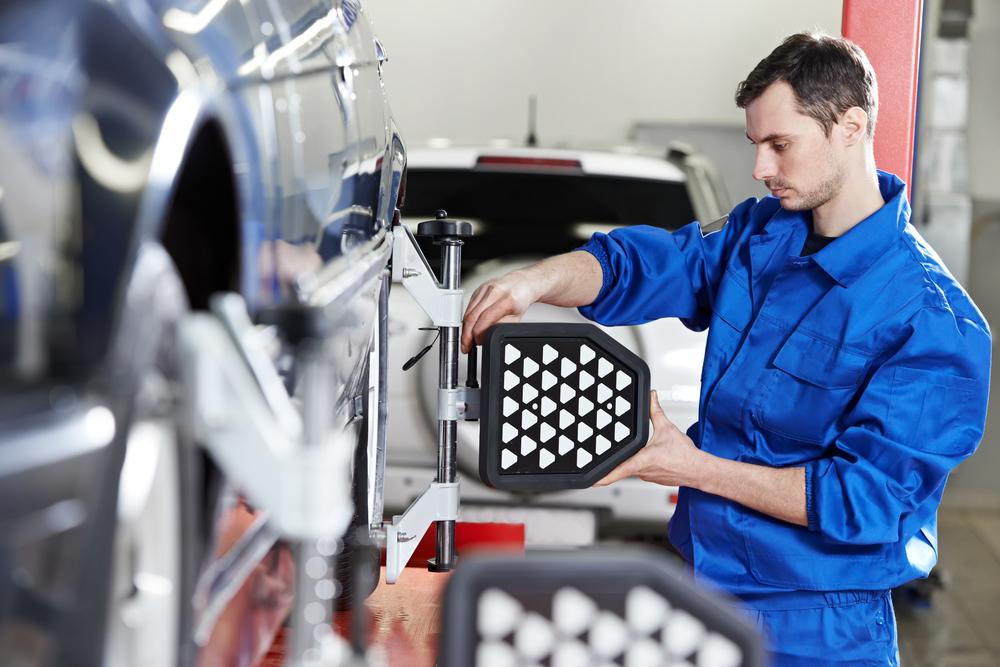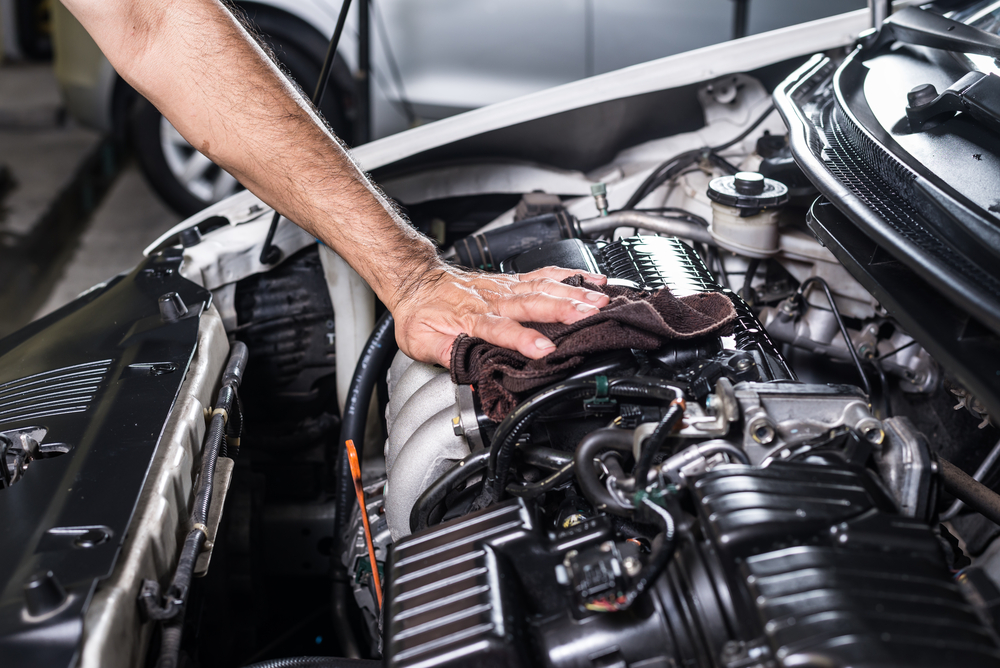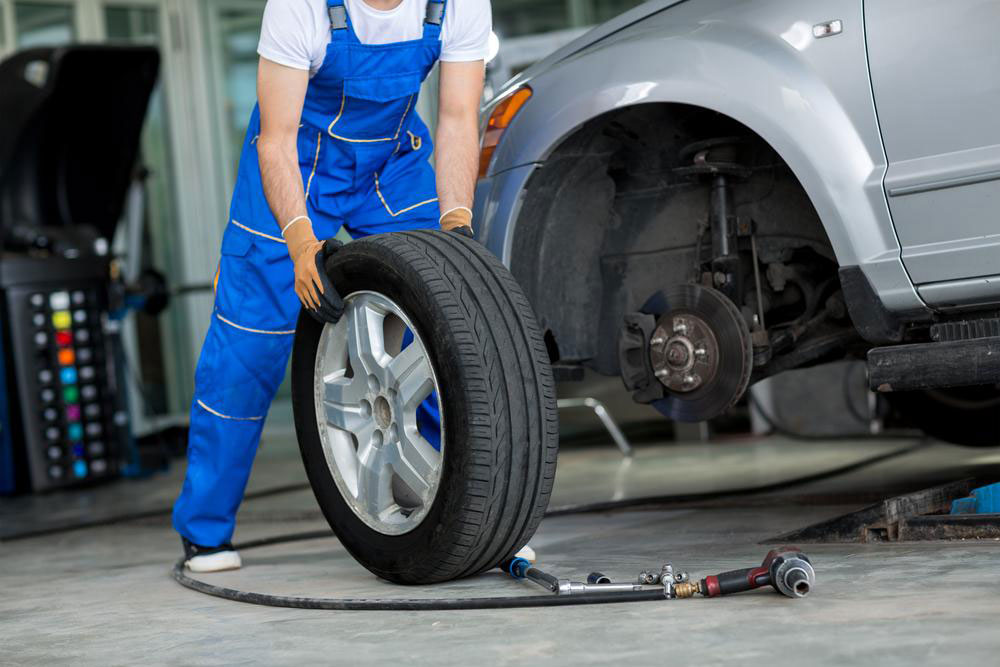Comprehensive Pre-Purchase Inspection Guide for Used Mercedes Sprinter Vans
This comprehensive guide provides essential tips for inspecting a used Mercedes Sprinter van before purchase, covering key areas like exterior condition, suspension, lighting, brakes, and documentation. By following these expert recommendations, buyers can avoid costly repairs and make informed decisions, ensuring a safe and reliable vehicle for their needs. An in-depth inspection process safeguards your investment and enhances confidence in your purchase, making it a valuable resource for anyone considering buying a used Mercedes Sprinter van.

Ultimate Tips for Inspecting a Used Mercedes Sprinter Before Buying
Purchasing a used Mercedes Sprinter van can be a smart financial decision for businesses or individuals needing a reliable cargo or passenger vehicle. However, to ensure you avoid unexpected repair costs and secure a worthwhile investment, conducting a detailed pre-purchase inspection is essential. This comprehensive guide will walk you through every critical aspect to assess before finalizing your used Mercedes Sprinter purchase, helping you make an informed, safe, and efficient decision.
Key factors to evaluate during your inspection include:
Exterior Condition: The vehicle's exterior is the first physical impression and reveals much about its past use and maintenance. The chassis serves as the backbone of the van, that supports the engine, suspension, and body structure. Since the chassis is exposed to environmental elements like rain, snow, and road salt, it is susceptible to corrosion and rust, which can significantly jeopardize the vehicle’s structural integrity. Pay particular attention to corrosion around joints, support beams, and mounting points, as these can be signs of heavy rusting or previous damage. Examine the body panels, paint condition, and look for any signs of dents, cracks, or uneven paintwork that might indicate past accidents or repairs. Carefully inspecting the entire bodywork ensures you don't overlook hidden issues that could cost substantial money down the line.
Wheels and Suspension System: The condition of wheels and suspension components offers insights into how the vehicle has been used and maintained. During your test drive, observe handling responsiveness and listen for unusual noises such as clunks, squeaks, or vibrations. These sounds can suggest worn or damaged suspension parts such as shocks, struts, or bushings. Since the Sprinter is often used for heavy cargo, suspension wear can be accelerated. Check tire tread depth and look for uneven wear patterns, which may indicate alignment issues or suspension problems. Ensuring suspension components are in good shape is vital for safety, ride comfort, and load capacity.
Lighting and Climate Control Systems: Functional lighting is critical for safe driving, especially under low visibility conditions. Confirm all exterior lights—headlights, brake lights, turn signals, and fog lights—are operational. Inside the vehicle, verify the climate control system’s functionality. Test the air conditioning and heating systems to ensure they respond appropriately, maintaining comfortable interior temperatures under various conditions. Properly functioning climate controls not only improve comfort but also indicate the overall health of the vehicle’s electrical system.
Braking System Safety Check: The brakes are perhaps the most important safety feature of any vehicle. Even if other components appear in acceptable condition, a thorough inspection of the brake system is non-negotiable. Engage a professional mechanic to evaluate brake pads, rotors/discs, calipers, and brake fluid levels. A well-maintained braking system ensures reliable stopping power and reduces the risk of accidents. Don’t forget to perform a test drive to assess brake responsiveness, pedal feel, and any noises or vibrations present during braking.
Documentation and Paperwork: Prior to purchase, ensure the dealer or seller provides all necessary official documents, including the vehicle registration, service and maintenance history, and clear title. Authentic documentation confirms the vehicle’s history and ownership status, protecting you from potential fraud or undisclosed issues. Furthermore, reviewing maintenance records helps you understand how well the vehicle has been cared for over its lifespan, which is indicative of its future reliability.
In conclusion, a meticulous pre-purchase inspection of a used Mercedes Sprinter is an investment in peace of mind. Taking the time to examine the exterior, suspension, lighting, brakes, and verifying official documents can save you thousands of dollars and headaches in the future. Always consider engaging a qualified mechanic for an in-depth inspection, especially for a vehicle as complex and essential as a commercial van. Equipped with this knowledge, you can confidently negotiate and make a sound purchase that meets your needs for reliability, safety, and value.





